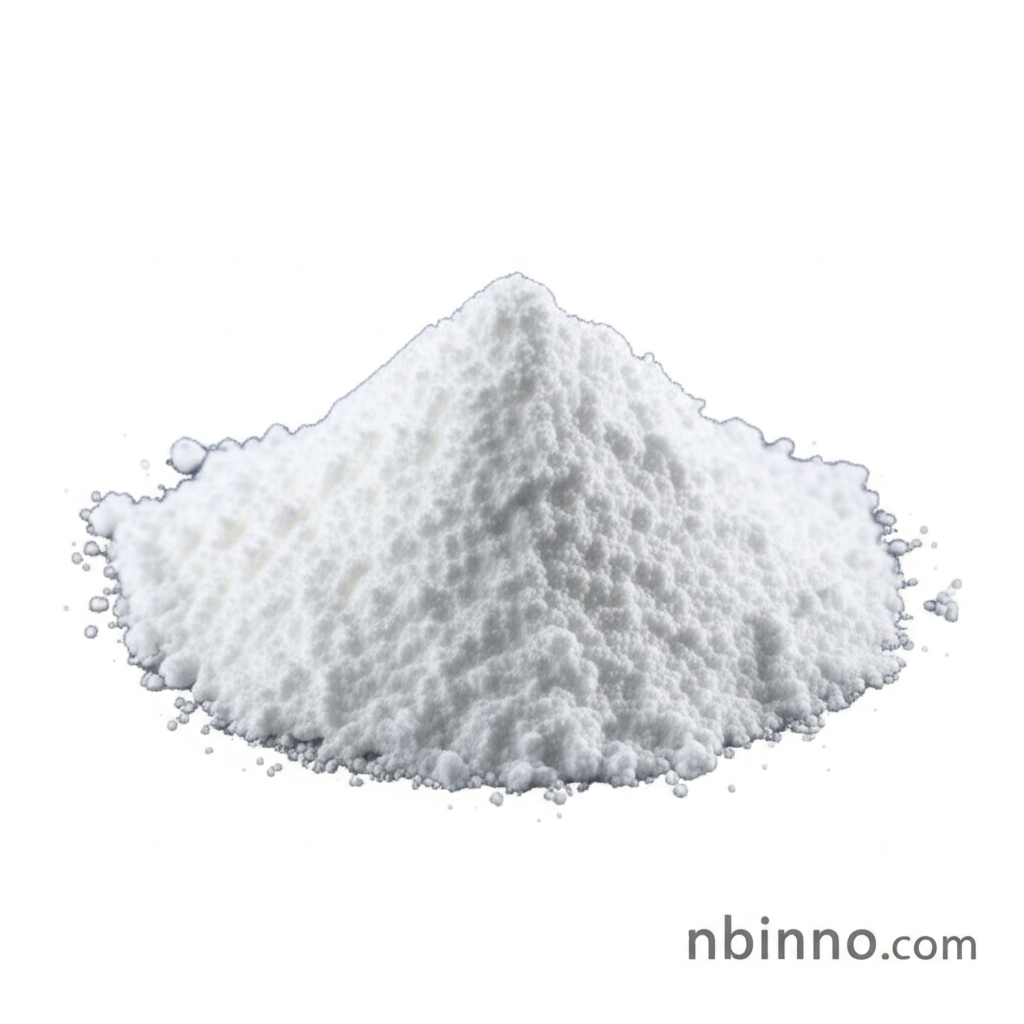2,6-Dichlorobenzonitrile: A Vital Intermediate in Agrochemicals
Discover the extensive applications and properties of this crucial chemical building block for pesticides and beyond.
Get a Quote & SampleProduct Core Value

2,6-Dichlorobenzonitrile
As a pivotal chemical intermediate, 2,6-Dichlorobenzonitrile (CAS 1194-65-6) plays an indispensable role in the synthesis of a wide array of agrochemicals. Its primary utility lies in the production of numerous herbicides and insecticides, contributing significantly to crop protection and pest management strategies worldwide. This compound is instrumental in creating effective solutions for agricultural challenges.
- Discover the key uses of 2,6-Dichlorobenzonitrile in modern agriculture, highlighting its role in producing advanced pesticide intermediates.
- Explore the chemical properties of 2,6-Dichlorobenzonitrile, including its molecular structure and typical physical characteristics, to understand its handling and application.
- Learn about the synthesis pathways for creating complex agrochemicals utilizing 2,6-Dichlorobenzonitrile as a fundamental building block.
- Understand why 2,6-Dichlorobenzonitrile is a preferred choice for pesticide intermediates, offering reliability and efficacy in manufacturing processes.
Key Advantages
Versatile Synthesis Intermediate
Leverage the versatility of 2,6-Dichlorobenzonitrile for various chemical synthesis pathways, a critical advantage when sourcing pesticide intermediates.
Effective Herbicide Component
Benefit from its direct application as Dichlobenil, a soil-applied herbicide that controls a broad spectrum of weeds, showcasing its efficacy in crop protection.
Broad Industrial Application
Utilize 2,6-Dichlorobenzonitrile not only in agrochemicals but also as an intermediate for dyes and plastics, offering diverse market opportunities.
Key Applications
Agrochemical Synthesis
Essential for the synthesis of diverse agrochemicals, including prominent herbicides like Dichlobenil and precursors for insecticides, playing a crucial role in crop protection.
Industrial Dyes
Serves as a valuable intermediate in the production of various dyes, contributing to the vibrant color palettes used across industries.
Plastics Manufacturing
Incorporated into the synthesis of specialized plastics, enhancing material properties for specific industrial applications.
Research and Development
A fundamental building block for researchers developing new pesticides and exploring novel chemical compounds, driving innovation in the chemical sector.
